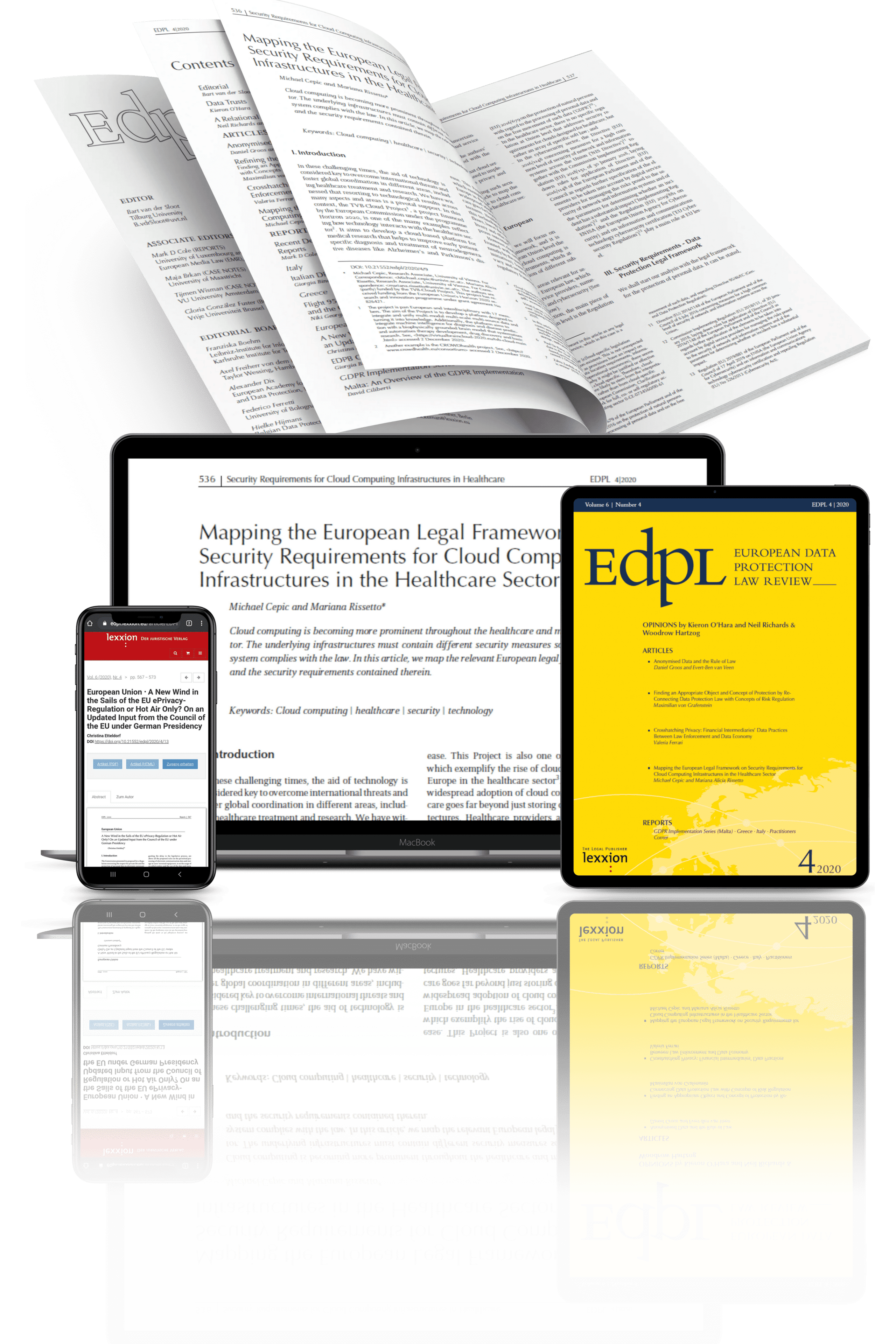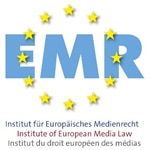
- Publication frequency quarterly
- approx. 100 pages
- ISSN 2364-2831
- eISSN 2364-284X
- Language: English
EDPL – European Data Protection Law Review
EDPL 1/2025 – Celebrating 10 Years EDPL
The special anniversary Issue 1/2025 of the European Data Protection Law Review (EDPL) is out now! This year we celebrate EDPL’s 10th anniversary and issue 1/2025 marks the occasion in with special content. We’ve invited 4 authors from the very first edition of EDPL (1/2015) to revisit their topics and reflect how data protection issues have developed over the last decade. Their articles discuss: About Profiles, Profiling, Data Availability and AI; Data Fundamentalism; The ‘Wild West’ of Sharing Financial Intelligence Beyond EU Borders; and The Evolution of French Anti-Terrorism Legislation. The articles section is completed with a paper on Electronic Communications of Deceased Users.
An opinion piece by Eric Vanderburg prompts readers to a Privacy Pulse Check.
The reports section has many updates on:
- EU: EDPB 01/2025 Guidelines
- EU: EDPB Opinion 28/2024
- EU: Unlawful Micro-Targeting
- EU: The Future of ePrivacy
- France
- Ireland
- Italy
EDPL 1/2025 includes case notes on the following judgments:
- C‑548/21 CG v Bezirkshauptmannschaft Landeck, CJEU
- C-621/22 KNLTB v Autoriteit Persoonsgegevens, CJEU
- T-557/20 SRB v EDPS and AG Opinion in C‑413/23 P SRB v EDPS
Read book reviews of Critical Reflections on the EU’s Data Protection Regime: GDPR in the Machine, by R Costello and M Leiser (eds) and Proportionality in EU Digital Law: Balancing Conflicting Rights and Interests, by J Czarnocki and P Palka (eds).
Become an author for EDPL and view our Call for Papers.
Submit your paper for the EDPL Young Scholars Award.





